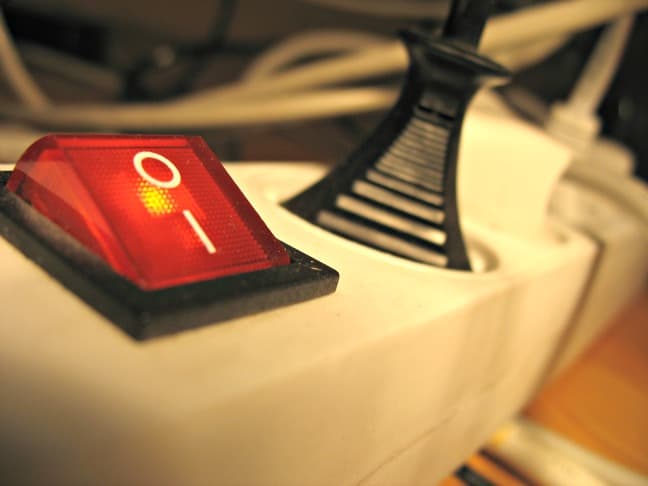
Planning a successful offsite meeting is all about, well… good planning. The decisions can seem endless – budget, location, meeting agenda, food, materials, and audio visual equipment all need to be considered and pre-arranged. This proves even more challenging when you’re working with a space you’ve never even been to, let alone planned a meeting around.
While every meeting is different, the cheat sheet for planning the right AV and technology set-up for meetings remains essentially the same and it all starts with asking the venue the right questions. Here are 5 Questions to Ask When Planning for an Offsite Meeting:
1. Is there any audio visual equipment built into the room?
Many meeting rooms have built-in projectors and screens, TV monitors, or sound systems. You’ll want to know the specifics of what’s already in the room, so you don’t end up bringing in (and paying for) things you don’t need. Make sure to ask if there’s an extra cost for using the onsite equipment, and be specific about what you’ll need to use on the day of the meeting.
Keep in mind though that the equipment in the room may not necessarily be right for your particular meeting. For example, there might be a 50′ monitor on the wall, but if you’re planning on showing a presentation with detailed graphs and charts, you’d be better off using a projector and screen so your images will be large enough for everyone to see the important details.
2. How many people can comfortably fit in the space?
When asking this question, consider not only your group size, but the room set-up that would work best. Is there one presenter and everyone else should be seated in rows? Will there be an interactive training that would work best with tables set up in a U-shape so participants can see one another? A venue can usually give you a maximum number of room occupants based on the set-up you choose.


In addition, you’ll want to make sure the AV and technology you plan to use is appropriate for the space. For example, a projector needs to be 2 feet back from the screen for every 1 foot wide that you project the image. (Therefore, if you want to project a 6 foot wide image, you’ll need to make sure there’s room to set the projector 12 feet away from the screen).
3. When can the room be accessed?
Whether you need to access the room for setup or need to make sure your AV technician has ample time to setup and tear down equipment, it never hurts to check when the room will be available both prior to and following your meeting. Likewise, if you plan to have someone come later in the day to retrieve equipment from the room, you’ll need to know the room won’t be locked up or booked for another group at that time.
4. Will guests have reliable access to WiFi?
We’ve come to take it for granted, but not all venues are set up for easy internet access. Surprisingly, hotels often charge extra for access to their internet and some restaurants can have poor reception, especially during crowded times when everyone is using up bandwidth. If Internet is a must, be sure to ask if there’s a private connection and consider sending a tech team out for a pre-event site survey to check network speeds. In the case of weak signal or unreliable network, there are 4G router and hotspots options available as backup.
5. Where are the outlets, ports, and phone jacks in the room?
Don’t depend on your meeting room to be wired for modern-day meetings. Often outlets are few and far between in older buildings and you may need to bring an extra supply of power strips and extension cords. If you know you’ll need extra outlets–for a training class where each person has their own computer for instance–plan ahead for the setup of the room, as well as extra time that might be needed to tape down and secure cabling where it’s as out of the way as much as possible. If your meeting requires a phone jack for a conference phone for remote participants, be sure to confirm not only that the phone jack is working, but that there isn’t a fee for use (there often is at hotels). The same goes for Ethernet ports, especially if you need to have a number of computers online at once.
Remember: There are No Stupid Questions
The bottom line in planning your audio visual setup is that communication with the venue is key. Armed with the right information, every meeting you plan can be flawless and every attendee can leave with a smile. Happy planning!
Looking for more info on audio visual and technology rentals for recurring meetings?






